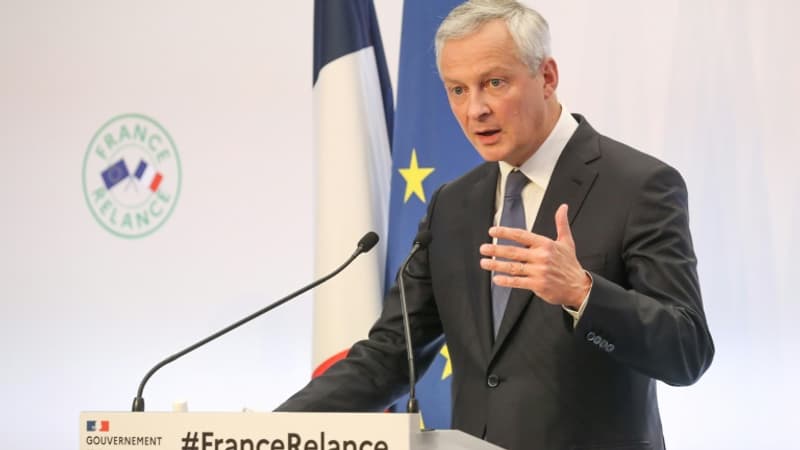With 89,400 million euros committed at the end of August 2022, of the 100,000 million initially budgeted, the execution of the post-Covid recovery plan prepared by the Government in September 2020 is on the right track, as France Strategy said on Tuesday.
Built on three pillars – ecology, competitiveness and cohesion – each endowed with some thirty billion euros, the plan has achieved its “short-term macroeconomic objective”, which consisted of “returning to the level of GDP prior to the crisis “, underlines the organization attached to Matignon in its second evaluation of the recovery plan.
In the third quarter of 2022, France’s gross domestic product (GDP) was thus “1.1% higher than the level of the fourth quarter of 2019”, just before the health crisis. By the end of the summer of 2022, more than 28 billion euros had been committed in the ecology pillar, more than 31 in competitiveness and almost 30 in cohesion.
Of the almost €90 billion in committed spending (validated by the government), €62.2 billion in funds had been disbursed by the end of summer 2022, mainly for projects related to competitiveness (€26.2 billion disbursed, against €21 for cohesion and 15 of ecology) . Spending has slowed significantly compared to 2021, when the executive had already committed 72 billion under the recovery plan, according to a January 2022 progress report by the government.
Doubts about the effectiveness of the measures
Satisfied with the rapid deployment of the recovery plan, France Strategy is much more nuanced regarding the effectiveness of the measures taken, hindsight still being “insufficient to carry out a full assessment”.
For example, while sales of electric and plug-in hybrid vehicles increased significantly between 2018 and 2021, “it is premature to attribute this increase to the stimulus plan measures.” Indeed, sales took off before the plan was announced, and “equivalent or even greater dynamism” was observed in many other European countries, even those less generous than France in terms of bonuses, notes France Strategy.
Identical observation regarding the youth employment rate, which the recovery plan sought to improve: if it grew by 5.1% between 2019 and the third quarter of 2022, “there is still a fairly high number of young people far from the labor market and outside of any training or study framework”.
In general, the recovery plan is also intertwined with the “whatever it takes”, then with the 4th Future Investment Program and finally with France 2030. This makes the evaluation of its effectiveness. To refine its analysis of the recovery plan, France Strategy is due to publish a final report in the fall of 2023.
Source: BFM TV


